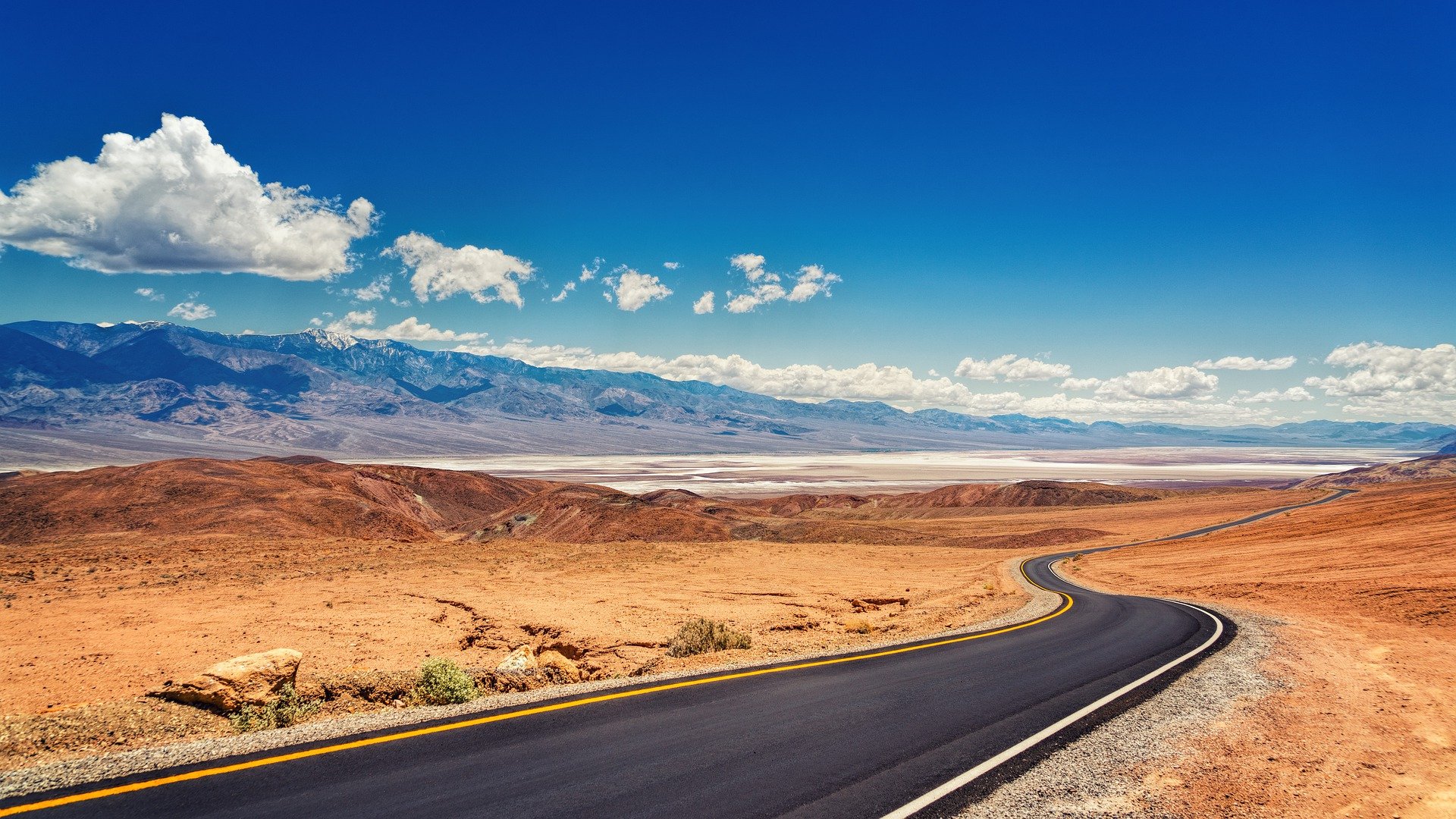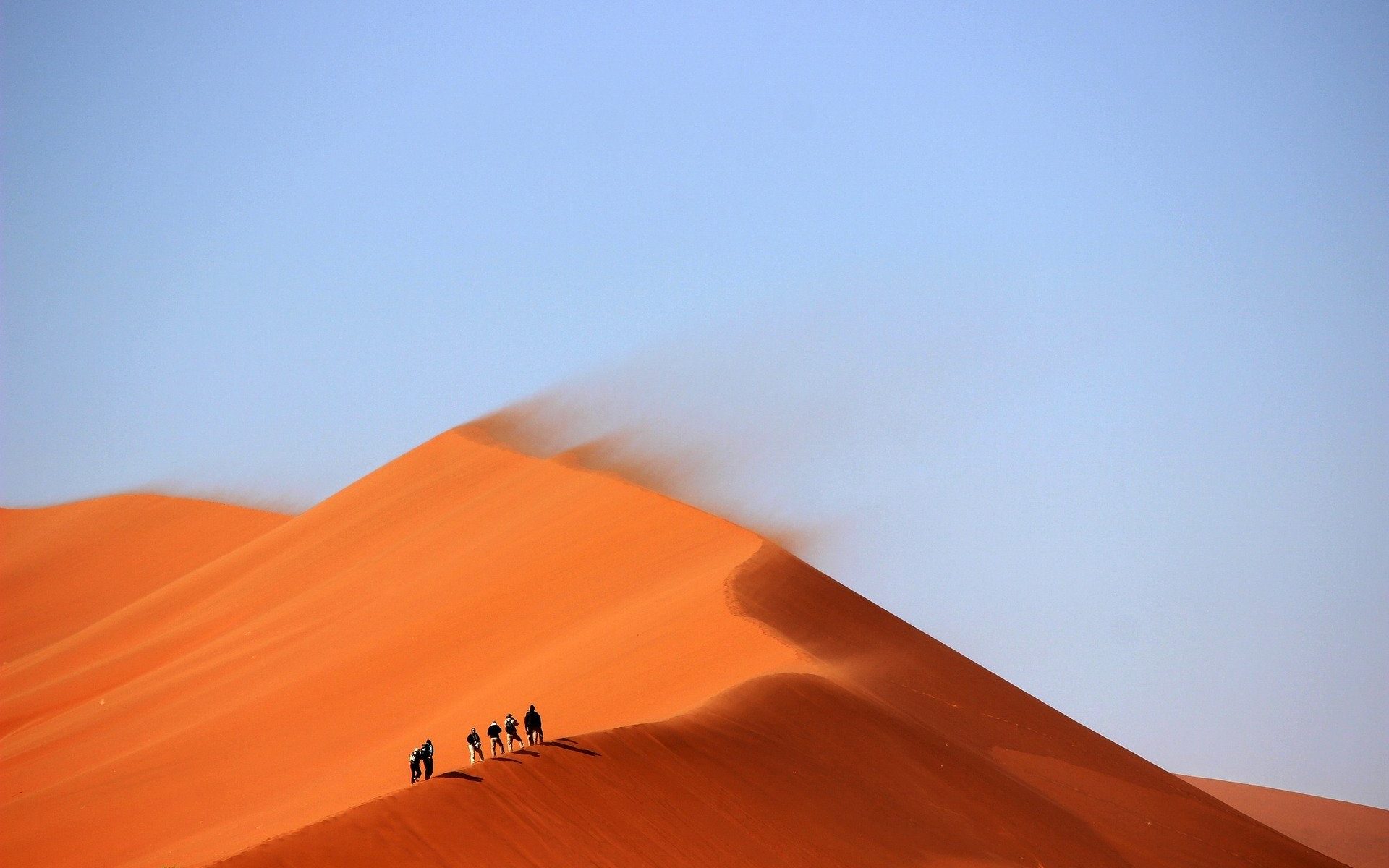Featured image: From Fig. 1 in Ao et al. (2021). An image of the Late Oligocene-age red mudstone that is the subject of this study, between bracketing sandstone sections. This mudstone outcrop (known as the Duittingou section) is located in the Lanzhou Basin, China, in the northeastern Tibetan Plateau. Image licensed under CC BY-NC.
Authors: Hong Ao, Diederik Liebrand, Mark J. Dekkers, Peng Zhang, Yougui Song, Qingsong Liu, Tara Jonell, Qiang Sun, Xinzhou Li, Xinxia Li, Xiaoke Qiang, Zhisheng An
The intensity and frequency of rainfall affects food supply around the world, the structural integrity of buildings and homes, and flooding in the impermeable “concrete jungles” of cities. However, not much is known about how rainfall has fluctuated naturally in the distant past, making it more difficult for scientists to predict how climate change will affect future precipitation. Recently, an international team of authors addressed a small part of this problem by uncovering how rainfall in Asia changed under different climates far back in time. Their scientific adventure started once they identified a particularly special rock formation in China, where invisible traces of ancient rainfall had been preserved.
Continue reading “It’s magnetic! Probing the predictability of ancient rainfall using a mountainous ridge of red stone”


